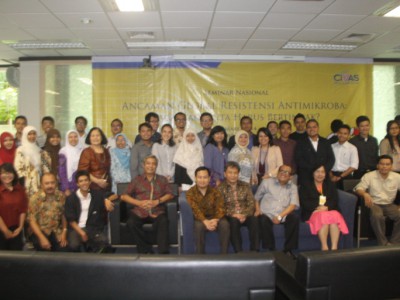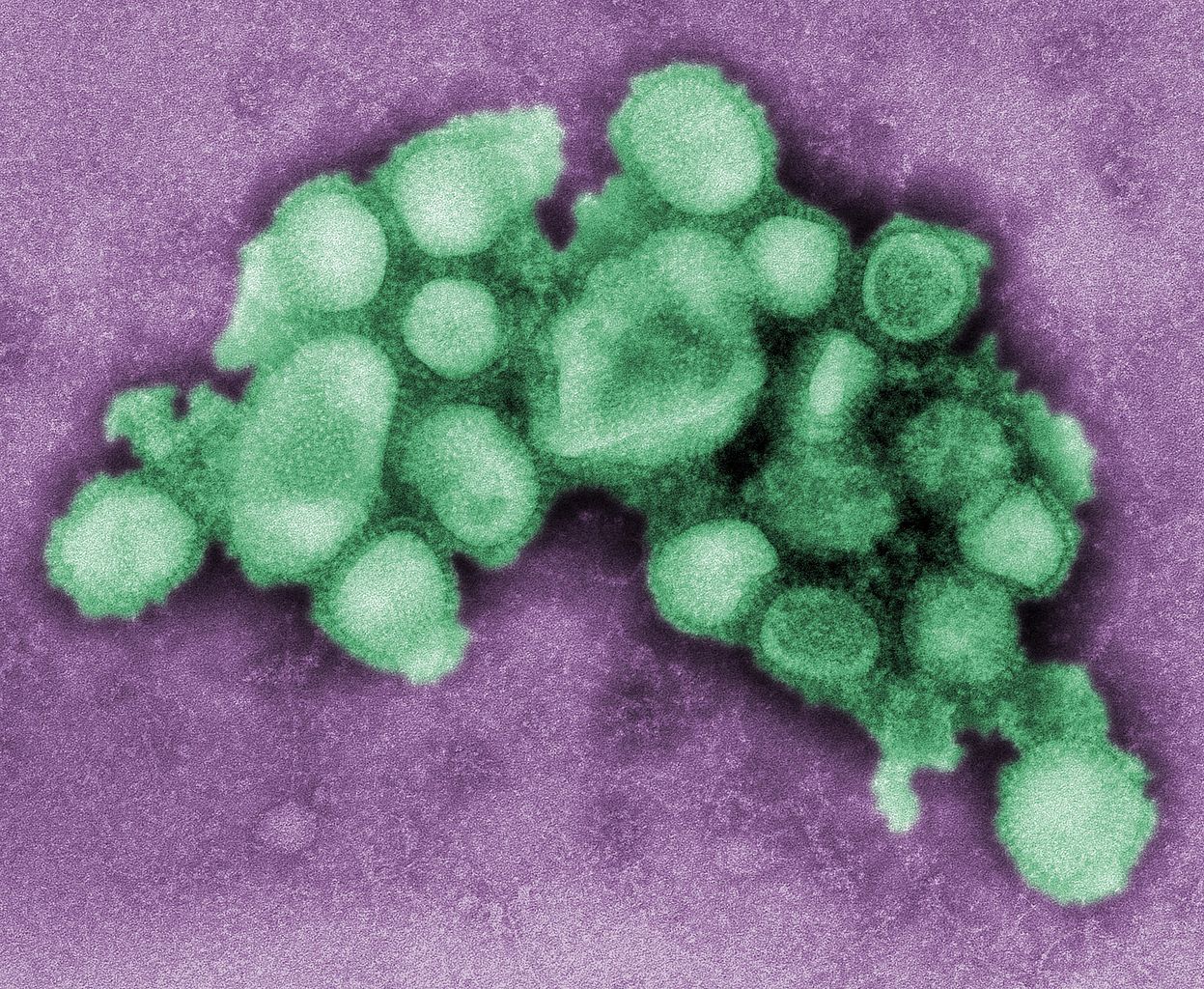Choosing A Healthy Sacrificial Animal
Tuesday, 17 November 2009
Each year, Moslems celebrate Eid al-Adha or the Festival of Sacrifice by sacrificing livestock. To conduct the sacrificial ceremony perfectly, it must be started with sincerity and fitting sacrificial animals.
A sacrificial animal is said to be fitting if it meets with several requirements stated in the Islam law. Sacrificed animals are large livestock animals. In Indonesia, common sacrificial animals are cattle, water buffalos, goats, and sheep. Another criterion is the animal must be male and has the proper age (over 1 year). A sacrificial animal must overall have good physical presentations without any physical impairment. At livestock yards, often people miss noticing several body parts of the animal they intend to sacrifice, for example torn ears, broken horns, castrated bulls, and in some cases mutilated tails. Some people even sell animals with broken legs at very cheap prices.
Animal health is one of the many requirements in choosing a sacrificial animal. Cheap prices and high body-scored animals are usually more sought by people when buying sacrificial animals, but high body score does not guarantee the health of an animal and we should be more alert when somebody suddenly sells an animal for an unreasonably low price. If we sacrifice a sick animal, vertically it will spoil our merits because we sacrificed an unfitting animal, while horizontally we could also be legally at fault because we have given out diseased meat which could potentially cause the people who consume the meat to become ill.
In simple terms, a healthy animal could be defined as an animal that is not diseased nor carrying any disease agent. Many diseases that could infect an animal, it could be non-infectious, but it could also be infectious. In relations with Eid al-Adha, people are usually worried about animal diseases that could be transmitted to human, or also known as zoonoses. One of those diseases is anthrax. There was one case where a family had died in Babakan Madang, Bogor district, because they consumed goat meat contaminated with anthrax spores. This is a real life evidence of how dangerous the disease is.
A series of clinical examination is needed to determine the health status of an animal. When necessary, laboratory tests could also be conducted to confirm the diagnosis. An animal is examined before it is slaughtered; this examination is known as an ante mortem examination. Together with veterinarians and other trained officers, the general public could contribute to this process. Several guidelines for selecting a good sacrificial animal are:
First, ask where the animal comes from (area of origin). Then make sure the animal’s health has been examined, both at the current yard it is put up for sale and at its area of origin (animal health certificate). Extra care should be given when the animals come from anthrax-endemic areas, such as Bogor and Purwakarta in West Java.
Second, do not buy a goat in a sack, meaning that you should directly inspect and choose the animal you want to buy to ensure is has good physical presentations without any physical impairment. Each body part of the animal must be inspected, starting from the head, horn, ears, body, legs, genitals, and tail.
Third, only buy healthy animals and do not fall for cheap prices. Healthy animals have good physical performance : (1) it could stand on all four legs and could move around well, (2) it has a proportional body score, the ribs and hip bone do not look protruding, (3) there should be no wound, abscess, or any other lesion on the animal’s body, (4) when the animal’s skin is pulled and released, it should return to place in an instant, (5) the animal’s coat must be clean and shiny, (6) its eyes must look bright, without any discharge or parasitic worms, (7) its nose must be wet, not dry, (8) the nose cavity must be clean from dirt and purulent discharge, (9) its mouth area must be clean from any skin lesion, (10) its ears must be clean inside out, (11) its hooves must be free from any wound or lesion, (12) the area around its anus must be clean, no staining of feces, (13) the animal’s feces must be relatively firm, not liquid and free of blood, and (14) the animal’s body temperature must not exceed 40oC.
Fourth, besides the physical aspects of the animal, its behavior could also be used as a health indicator. Healthy animals have good appetites, move around actively, are not depressed, respond to touch, and do not separate itself from the herd.
Good results from physical examination and behavior observation do not guarantee the animal to be 100% healthy. There are also many animal diseases which could not be detected physically or do not show apparent clinical signs. Therefore, following the ante mortem examination which is conducted before the animal is slaughtered, another examination is conducted after the animal is killed, the post mortem examination. Post mortem examination checks the carcass/meat and internal organs such as the lungs, heart, spleen, kidney, etc.
Besides coming from a healthy animal, sacrificial meat should also be healthy meat, in terms that it will benefit the human health. Also, sacrificial meat should be given out wholesome, meaning that it is not reduced or mixed with other items. Contamination of sacrificial meat by sand/dirt because it was prepared on bare ground should be avoided. Also, because meat is classified as perishable food, after it is cut into manageable pieces, it should be properly packaged, for example in plastic, to avoid further contamination from handling. After the meat is packaged, it should be distributed as soon as possible so it could immediately be cooked or further processed.
Also if internal organs/offal such as intestine, liver, heart, and other organs will also be distributed along with the meat, they should be separated into two different plastic bags, one for meat and the other for offal. This measure is to prevent meat from being contaminated by offal that most likely has been in contact with contents of the digestive tract. This is important to maintain the meat quality and avoid rotting due to digestive microorganisms, so the meat will not only be halal, but also suitable (thoyyib) for human consumption.
Eid al-Adha must be conducted sincerely and responsibly.
Responsibility is conducted by being fully aware and supportive in sacrificing only healthy animals and giving meat to those who deserve it that is Aman (Safe), Sehat (Healthy), Utuh (Wholesome) and Halal or ASUH. Therefore, to avoid unexpected results, we should seriously choose and select the animals that we wish to sacrifice so our devotion will merit and bring good, instead of being ruined because people become ill or even die from consuming meat from sick animals. Happy Eid al-Adha, may this year’s sacrifice be better than last year. Amen.
Gusti Muhammad Sofyannoor, DVM
Staff of the Agriculture and Livestock Service Office
West Kotawaringin District
Central Kalimantan Province











